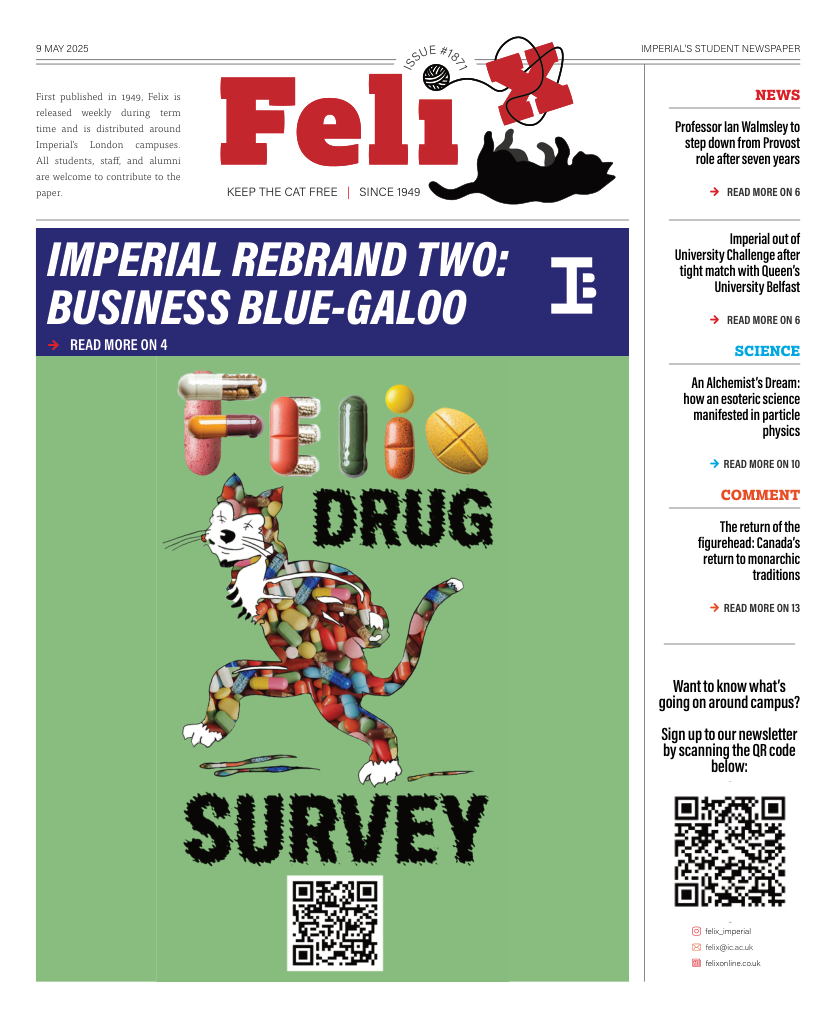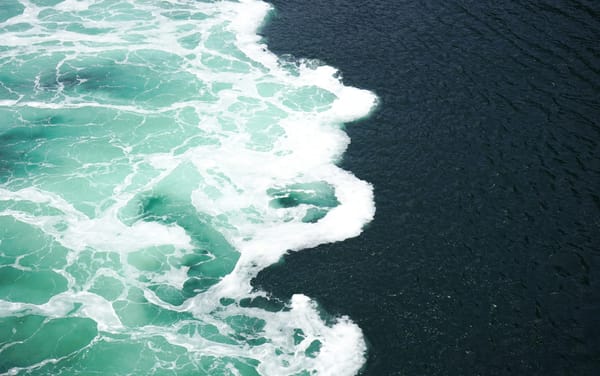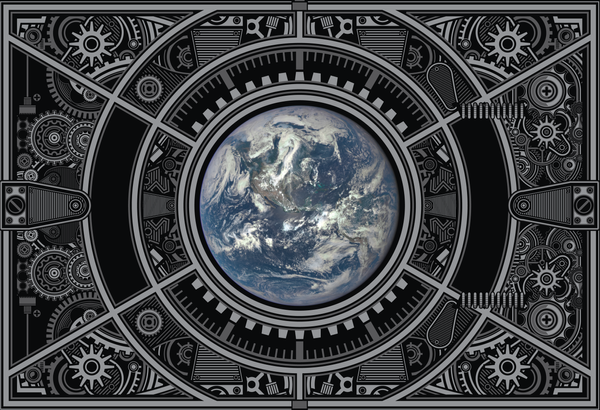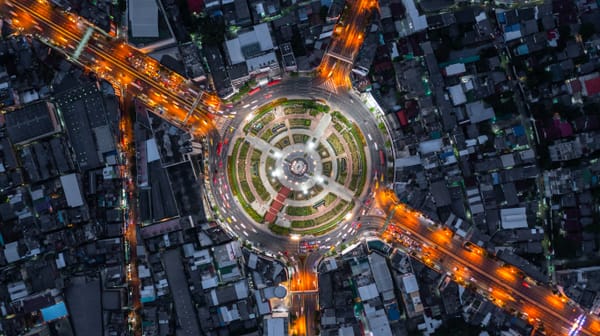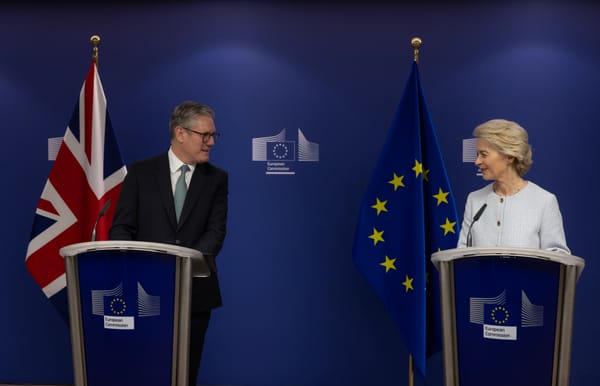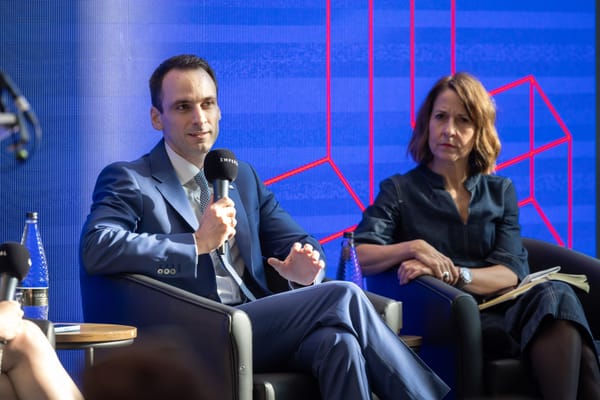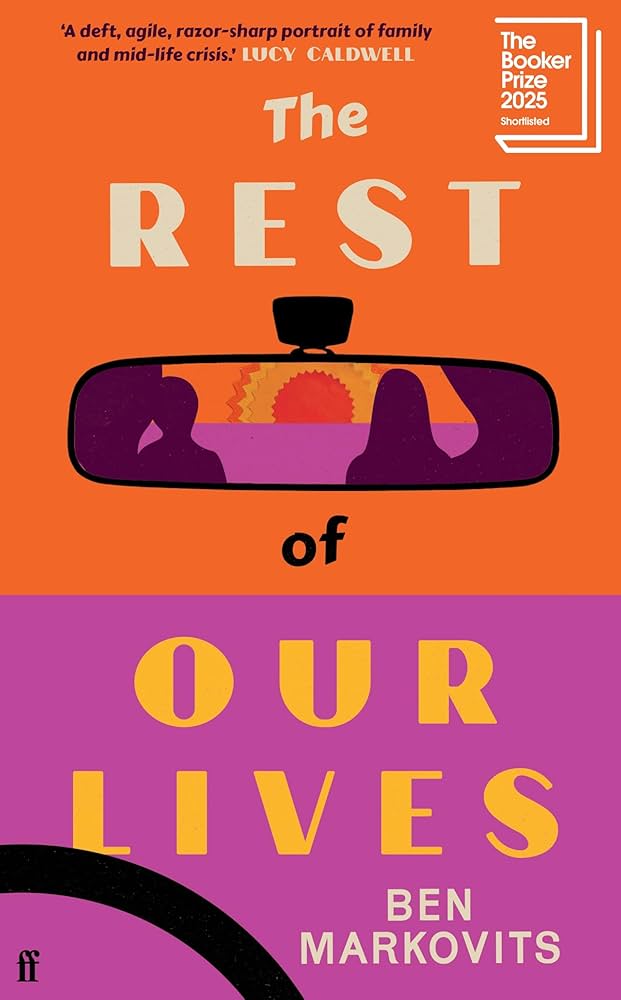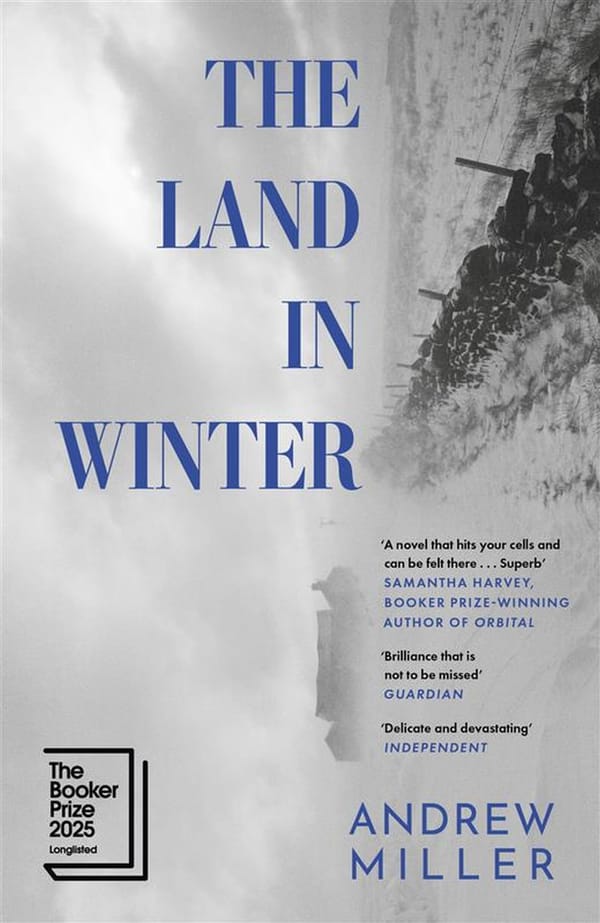Diving into Imperial’s waste
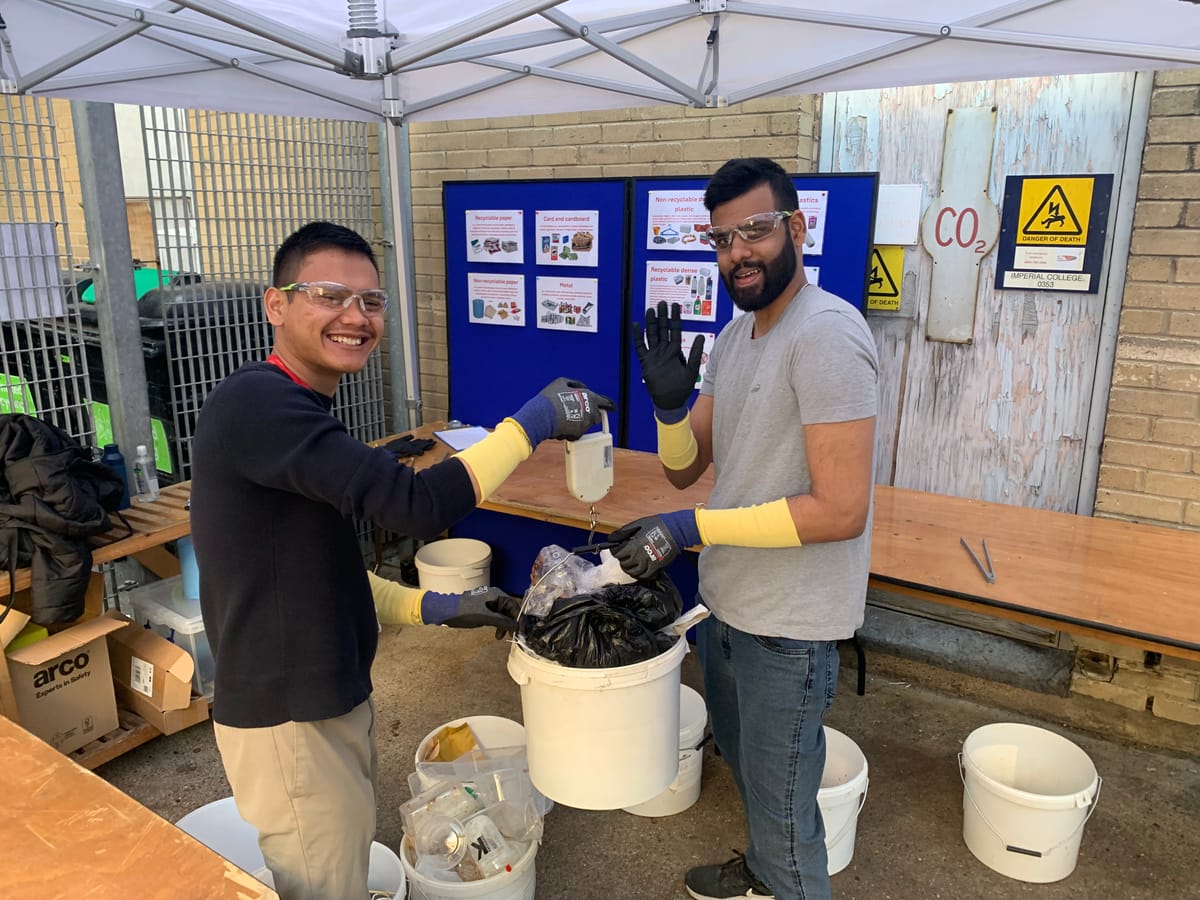
South Kensington campus generated nearly 2,000 tonnes of waste last year. This includes recyclable materials like paper from printing, glass, plastic, card, and cans from packaging. It also includes food waste which is sent for anaerobic digestion. There is waste from labs, namely clinical and chemical waste, and skip waste from engineering workshops. There is also waste electronic and electrical equipment (WEEE) from everyone.
These however dwindle into insignificance when compared with our biggest stream: general waste. At 900 tonnes per annum, general waste represents almost half of all our waste by mass. The contents of these familiar black plastic bags of rubbish are not recycled. Rather, they are collected daily and taken by lorry to an energy from waste (EfW) plant in Southwark and incinerated. All this material could instead be recycled or reused in the circular economy.
As part of writing the College's updated Sustainability Strategy, waste is under scrutiny, particularly general waste. The key to shrinking this 900 T problem is knowing what is ending up in general waste. The first step in understanding involves collecting data on the composition of Imperial's general waste in an exercise called Waste Composition Analysis (WCA).
WCAs are not glamorous, and so rarely conducted in-house. They involve collecting bags of rubbish, spreading out their contents, sorting the waste into categories, and finally weighing and recording the mass of each category. But, the information gleaned - an average percentage mass of all the materials and products in our general waste - is incredibly useful.
Armed with this knowledge, the College will be able to see where to make changes. Perhaps we should tell this supplier to take back their packaging, perhaps we should compost coffee grounds on campus, and perhaps we should stop buying single-use water bottles.
The collection of these invaluable data is already underway, and staff and students are conducting WCAs under your nose behind the Sherfield Building. The Sustainability Hub and Property Team hope that this pioneering WCA project will be the first of many to move waste up the sustainability agenda and get everyone at Imperial thinking about changing their material consumption habits.
Once all the data have been collected, the results will be analysed and used to inform the College's Waste Strategy, one of many sub-strategies contributing to the new Sustainability Strategy. The Waste Strategy will contain targets which, when implemented, are expected to dramatically cut our waste. But beyond the numbers, we hope this strategy will start the process of fostering a thriving circular economy culture on campus,. South Ken could turn into a living lab where our material consumption aligns with, and even contributes to, our world-leading sustainability teaching and research.
On this waste work, Harriet Wallace, Imperial's Director of Sustainability, said "staff and students regularly raise waste and recycling with us, as it's a very visible part of sustainability where all of us can make a difference on a daily basis. Imperial is a place that likes to understand data and develop practical, useful, and well-informed plans: this work will help us understand what is going in our bins, and how we can best reduce waste and recycle more in the years ahead."
One change everyone could make now is bringing in your own reusable bottles, cups, food containers, and cutlery. This alone would prevent a lot of waste and save money. Did you know that Taste Imperial gets through over 5 million single-use catering items per year? That's from all the food boxes, coffee cups and lids, paper plates, bags, napkins, and wooden cutlery we use for a few moments and then chuck!
If you have any comments and questions on waste and recycling, please do not hesitate to contact Imperial's Waste Strategy Consultant, Florence Hale, at fah21@ic.ac.uk.

